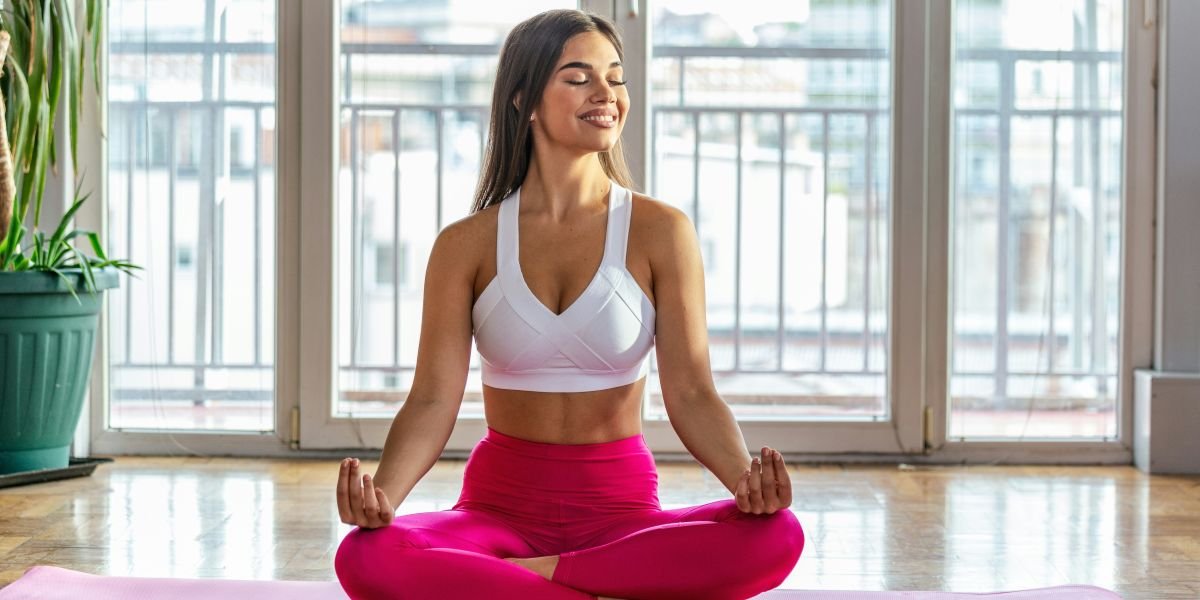As we age, staying active and maintaining a social life become essential for both physical and mental well-being. One of the most enjoyable and beneficial ways for older adults to achieve both is through dance. Dancing isn’t just about learning steps or performing; it offers a host of physical, emotional, and social benefits that can help older individuals stay fit, engaged, and connected. In this article, we explore how dance can improve the lives of older adults and why it’s a fantastic option for aging gracefully.
The Physical Benefits of Dance for Older Adults
As we get older, regular physical activity becomes crucial to maintaining mobility, flexibility, and strength. Dance provides a fun and effective workout that can help seniors stay physically fit without the monotony of traditional exercise routines.
One of the key benefits of dance is that it offers cardiovascular exercise, which is essential for heart health. Dancing increases heart rate, improves circulation, and helps maintain healthy blood pressure levels. This is particularly important for older adults who might struggle with other forms of exercise due to joint pain or other health conditions. Low-impact dances such as ballroom or line dancing can provide a great cardiovascular workout without putting undue stress on the body.
Dance also enhances balance and coordination, helping prevent falls—a significant risk for older adults. Many forms of dance require maintaining posture, shifting weight, and improving coordination between different body parts, all of which contribute to better balance. Strengthening muscles through dance movements also reduces the likelihood of falls, which can be a concern for seniors as they age.
Additionally, dance helps improve flexibility and mobility, which can become limited as we grow older. Regular dance practice stretches and strengthens muscles, keeping joints more fluid and allowing for better range of motion. This can make everyday tasks, such as bending down, reaching, or walking, easier and less painful.
The Mental Health Benefits of Dance for Older Adults
In addition to its physical benefits, dance also plays a significant role in mental health. Engaging in regular dance activities can reduce the risk of depression and anxiety in older adults. Dance provides a natural mood boost by triggering the release of endorphins, which are the body’s natural feel-good chemicals.
Furthermore, dancing helps to stimulate cognitive function. Many dance styles require remembering steps and routines, which can help keep the brain active and sharp. This mental challenge can improve memory, focus, and concentration, which are essential for healthy aging. Some studies suggest that dance may even help slow the progression of Alzheimer’s and other forms of dementia by engaging both the body and the brain simultaneously.
The creativity involved in dancing—whether improvising movements or interpreting music—also stimulates emotional expression, providing an outlet for older adults to express feelings and experiences. This can help reduce stress, promote a positive self-image, and combat feelings of loneliness and isolation.
The Social Benefits of Dance for Older Adults
One of the most powerful aspects of dance for seniors is the social connection it fosters. In many dance classes and community events, older adults come together, creating a sense of community and shared experience. This social aspect of dance combats the feelings of loneliness and isolation that many seniors face as they age.
Whether it’s a ballroom dance class, a social dance night, or a community event like Zumba or line dancing, dance creates a space for people to meet others, build friendships, and stay engaged with their community. Social interactions are an important part of maintaining emotional health and preventing the negative effects of social isolation. These connections not only provide enjoyment but can also lead to long-lasting friendships.
Additionally, partner dances, such as waltzing, salsa, or tango, offer opportunities for older adults to engage in meaningful physical contact and communication. These types of dances promote connection and can improve emotional well-being by helping individuals feel valued and supported by others.
Types of Dance Suitable for Older Adults
There are many types of dances that are especially suited for older adults. Ballroom dancing is a classic choice, as it’s gentle on the joints and allows for both physical exercise and social interaction. Line dancing is another popular option, as it doesn’t require a partner and can be done in a group, making it a fun and social activity.
For those who prefer something more modern, Zumba and aerobic dance classes offer a lively, energetic workout that can be tailored to individual fitness levels. Tai Chi and gentle yoga-inspired dance routines are also beneficial for improving flexibility, balance, and strength, making them ideal for seniors looking for a more mindful and relaxing activity.
Dance as a Lifelong Activity
Perhaps one of the most encouraging aspects of dance for seniors is that it is a lifelong activity. People of all ages can enjoy dancing, from young children to the elderly. There are no age limits when it comes to dancing, and it can be adapted to suit the needs and abilities of any individual. Whether it’s through an organized class or simply dancing at home to favorite music, older adults can continue dancing well into their later years.
Dance is a joyful and accessible way for older adults to stay active, socialize, and enhance their well-being. It promotes physical health, improves mental agility, and fosters deep social connections, making it an ideal activity for aging adults.
Dancing is much more than a fun pastime—it’s a powerful tool for helping older adults maintain a healthy, vibrant, and active lifestyle. From physical fitness to cognitive stimulation and emotional well-being, dance offers a wide range of benefits for seniors. By engaging in regular dance activities, older adults can enjoy better health, more fulfilling relationships, and an overall improved quality of life. Whether through a formal dance class or spontaneous dancing at home, embracing the joy of movement can make a meaningful difference in the lives of aging individuals.













